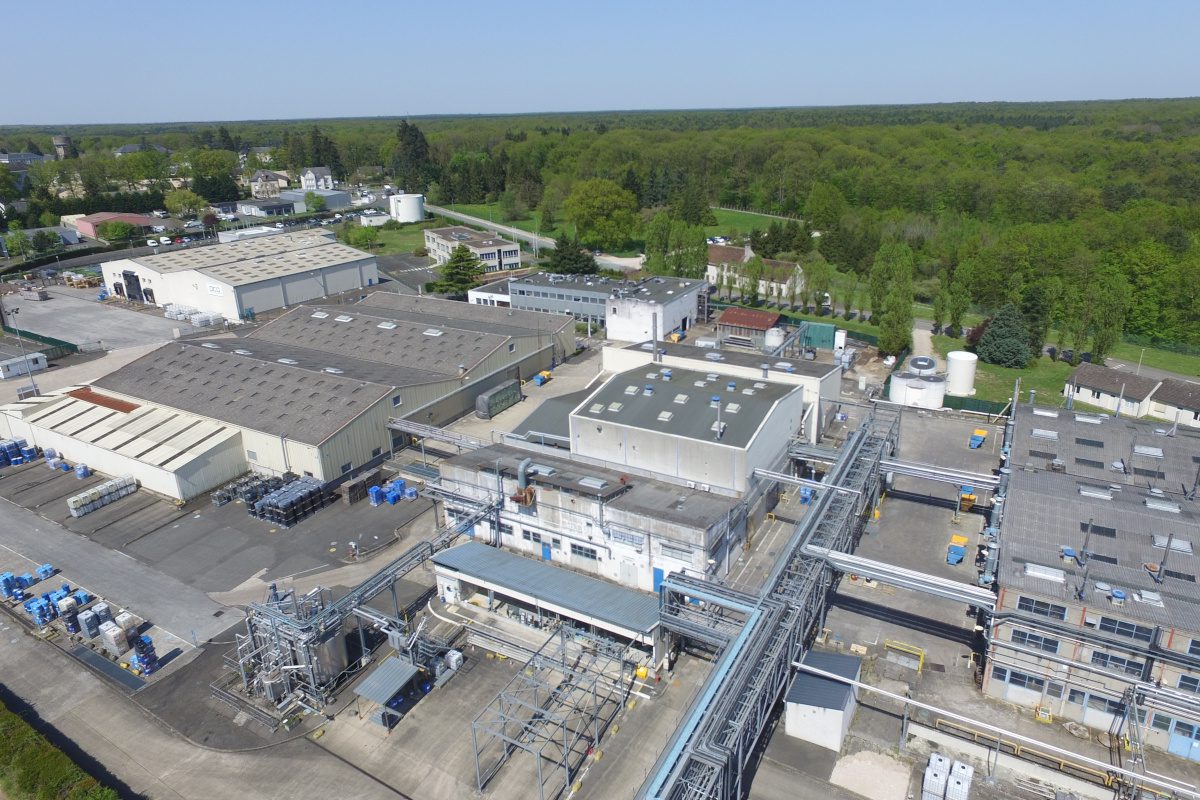
Old mattresses made of polyurethane foam will now be recovered, dismantled and chemically recycled to create a new polyol – a key starting material for the production of polyurethane – in a new recycling plant opened on 22 September, a collaboration between Dow Polyurethanes, Orrion Chemicals Orgaform, Eco-mobilier, H&S Anlagentechnik and The Vita Group.
This polyol is designed for various applications including mattresses. The firms say the announcement is a major step forward for the recovery and recycling of polyurethane foam and a significant advance for closing the loop for end-of-life mattresses. At full capacity the plant will process up to 200,000 mattresses per year to tackle the growing mattress waste problem.
The opening of the facility marks another staging post in the partners’ RENUVA™ program, which aims to develop circularity in the bedding space, and moves it into the production phase.
“We are immensely proud to have unveiled this plant. By doing so we are answering the question of what can be done with recycled polyurethane foam,” said Marie Buy, Sustainability Leader EMEAI, Dow Polyurethanes. “As RENUVA™ now shifts focus to the production phase and the first foam made with the new polyol, our Dow Polyurethane sustainability journey continues. We are actively exploring future possibilities for recycled material and potential applications. It is really a new beginning.”
The RENUVA™ mattress recycling plant is said to be the result of strong collaboration between Dow and key players from across the mattress lifecycle: chemical innovator Orrion Chemicals Orgaform, expert mattress collector Eco-Mobilier, turnkey solutions provider H&S Anlagentechnik, and foam manufacturer The Vita Group.
“This really is a first for our company and for France. We have a longstanding commitment to creating more sustainable solutions and have long recognized the need for industry to part of the solution,” commented Christian Siest, President, Orrion Chemicals Orgaform, “Our plant uses a chemical recycling process in which the polyurethane foam is decomposed and converted into a novel single product. The great thing about this is versatility; we can process foam from any mattress and the RENUVA™ polyol recipe itself can be tailored for different applications.”
“Our ambition is to ensure the quality of the materials collected and delivery to RENUVA so that we keep to the promise of a closed loop”, stated Dominique Mignon, President of Eco-Mobilier.
As previously announced, flexible polyurethane foam solutions provider The Vita Group will use the RENUVA™ polyol to create its Orbis flexible foam, “providing a more sustainable offering to the bedding market”.
“Consumer attitudes have changed significantly, and people are becoming a lot more focused on making sustainable choices. We have already seen strong interest from customers across Europe for Orbis foam and interest in the RENUVA™ technology, providing exciting opportunities for our product lines,” commented Mark Lewis, Operations and Projects Director at The Vita Group, “For over 50 years, Vita has recycled or re-bonded pre-consumer foam trim into material suitable for a range of products such as underlays for flooring. Our collaboration with Dow allows us to take our sustainability vision to the next level and we are extremely proud and excited to play our part in driving this ground-breaking innovation forward.”
Discover more on 29 September
Dow and RENUVA™ partners will host a special virtual event “Closing the Loop for Mattresses: A New Beginning with RENUVA™” on 29 September to reflect on the future of the program and share a close look at what this plant means for the bedding industry.
Register for free to learn more: engage.dow.com/RENUVAWebinar29Sept21.






